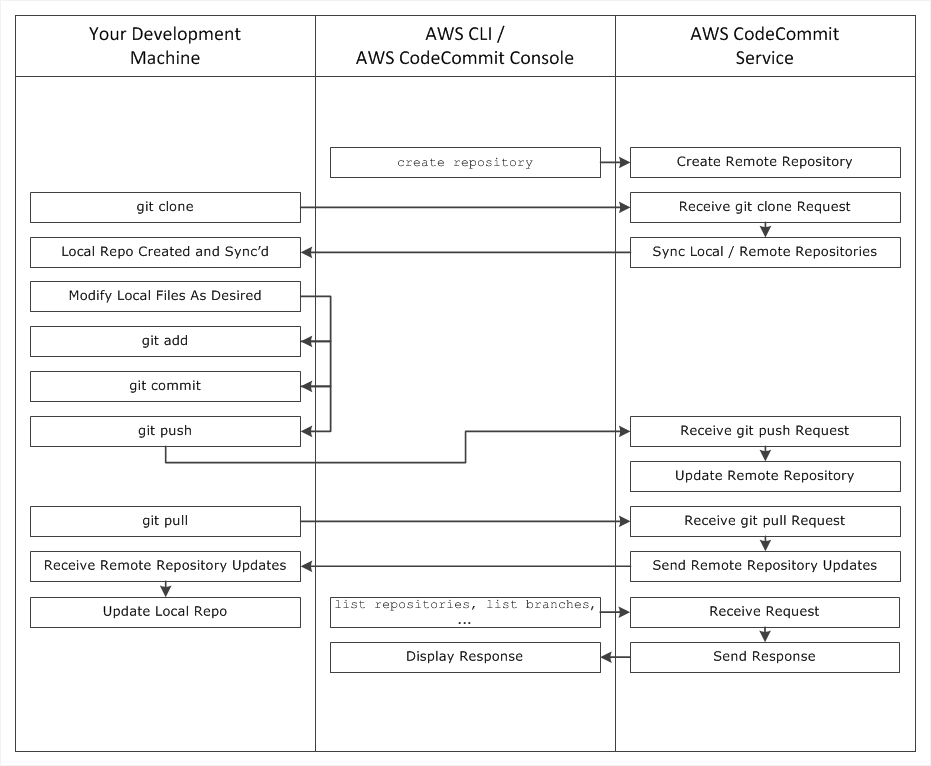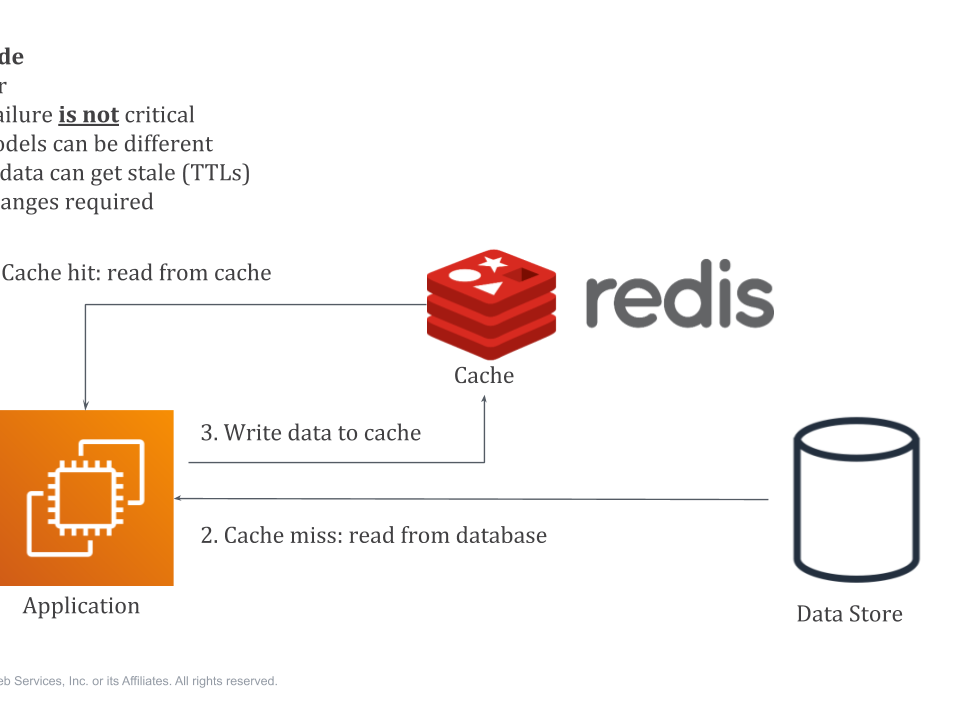
Overview of Cloud Bigtable
20th July 2020
Node.js and Raspberry Pi
30th July 2020AWS CodeCommit is a fully-managed source control service that hosts secure Git-based repositories. It makes it easy for teams to collaborate on code in a secure and highly scalable ecosystem. CodeCommit eliminates the need to operate your own source control system or worry about scaling its infrastructure. You can use CodeCommit to securely store anything from source code to binaries, and it works seamlessly with your existing Git tools.
Introducing Code Commit
Code Commit is a secure, highly scalable, managed source control service that hosts private Git repositories. Code Commit eliminates the need for you to manage your own source control system or worry about scaling its infrastructure. You can use Code Commit to store anything from code to binaries. It supports the standard functionality of Git, so it works seamlessly with your existing Git-based tools.
With Code Commit, you can:
- Benefit from a fully managed service hosted by AWS. CodeCommit provides high service availability and durability and eliminates the administrative overhead of managing your hardware and software. There is no hardware to provision and scale and no server software to install, configure and update.
- Store your code securely. CodeCommit repositories are encrypted at rest as well as in transit.
- Work collaboratively on code. CodeCommit repositories support pull requests, where users can review and comment on each other’s code changes before merging them to branches; notifications that automatically send emails to users about pull requests and comments; and more.
- Easily scale your version control projects. CodeCommit repositories can scale up to meet your development needs. The service can handle repositories with large numbers of files or branches, large file sizes, and lengthy revision histories.
- Store anything, anytime. CodeCommit has no limit on the size of your repositories or on the file types you can store.
- Integrate with other AWS and third-party services. CodeCommit keeps your repositories close to your other production resources in the AWS Cloud, which helps increase the speed and frequency of your development lifecycle. It is integrated with IAM and can be used with other AWS services and in parallel with other repositories. For more information, see Product and service integrations with AWS CodeCommit.
- Easily migrate files from other remote repositories. You can migrate to CodeCommit from any Git-based repository.
- Use the Git tools you already know. CodeCommit supports Git commands as well as its AWS CLI commands and APIs.
Code Commit, Git, and choosing the right AWS service for your needs
As a Git-based service, Code Commit is well suited to most version control needs. There are no arbitrary limits on file size, file type, and repository size. However, there are inherent limitations to Git that can negatively affect the performance of certain kinds of operations, particularly over time. You can avoid potential degradation of Code Commit repository performance by avoiding using it for use cases where other AWS services are better suited to the task. You can also optimize Git performance for complex repositories. Here are some use cases where Git, and therefore Code Commit, might not be the best solution for you, or where you might need to take additional steps to optimize for Git.
How does Code Commit work?
CodeCommit is familiar to users of Git-based repositories, but even those unfamiliar should find the transition to CodeCommit relatively simple. CodeCommit provides a console for the easy creation of repositories and the listing of existing repositories and branches. In a few simple steps, users can find information about a repository and clone it to their computer, creating a local repo where they can make changes and then push them to the CodeCommit repository. Users can work from the command line on their local machines or use a GUI-based editor.
The following figure shows how you use your development machine, the AWS CLI or CodeCommit console, and the CodeCommit service to create and manage repositories:

- Use the AWS CLI or the CodeCommit console to create a CodeCommit repository.
- From your development machine, use Git to run git clone, specifying the name of the CodeCommit repository. This creates a local repo that connects to the CodeCommit repository.
- Use the local repo on your development machine to modify (add, edit, and delete) files, and then run git add to stage the modified files locally. Run git commit to commit the files locally, and then run git push to send the files to the CodeCommit repository.
- Download changes from other users. Run git pulls to synchronize the files in the CodeCommit repository with your local repo. This ensures you’re working with the latest version of the files.





